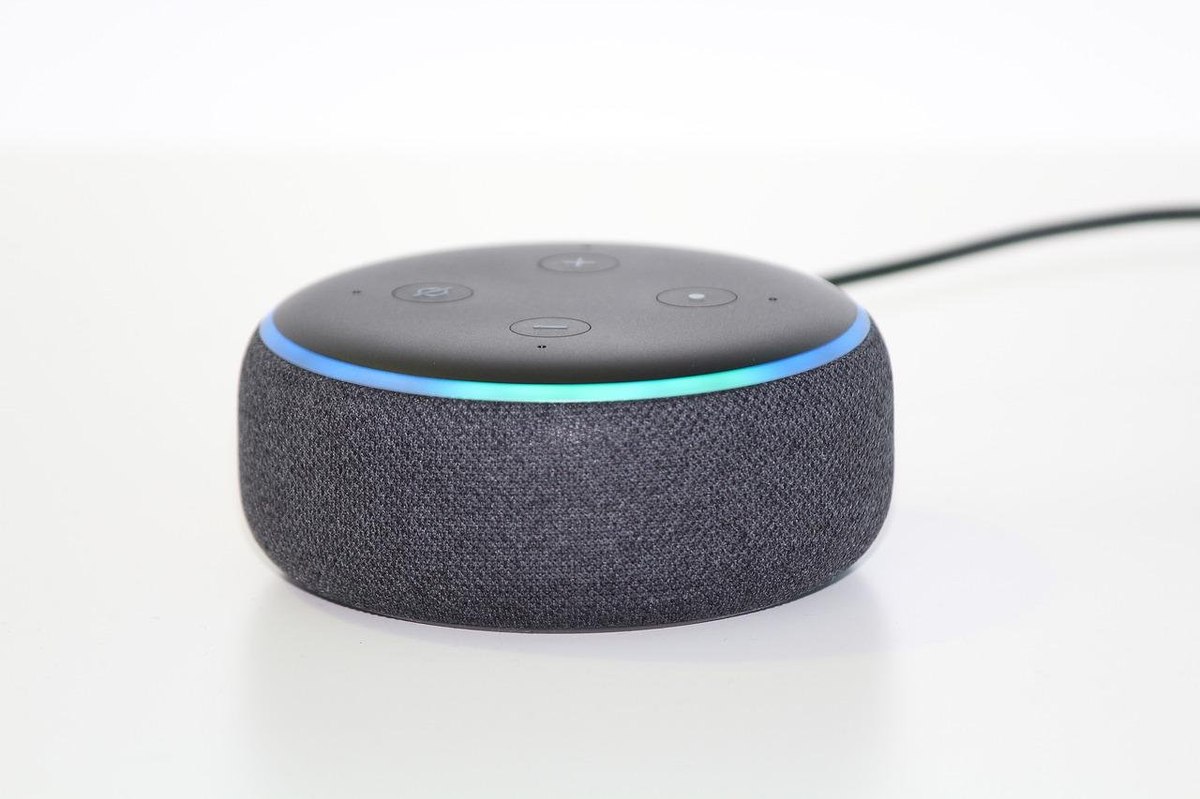Digital assistants like Alexa, Siri, and Google Assistant are now part of millions of devices – from phones to speakers to cars. Yet for many people, the way they use these tools is closer to a pocket calculator than a personal secretary: simple, repetitive tasks rather than the full range of what’s possible. YouGov Profiles data reveals how Americans actually use their digital assistants, the barriers keeping them from doing more, and what features could close this “utility gap.”
Most use is for quick, low-complexity tasks
The most common uses for digital assistants are straightforward: checking the weather (59%), playing music (51%), looking up quick answers online (47%), and setting timers or alarms (40%). More advanced features like smart home control (19%), shopping (14%), and launching third-party actions (9%) see far less uptake.
Generationally, some patterns emerge. Baby Boomers are more likely than Gen Z to use assistants to look up information (55% vs. 38%) or get the latest news (22% vs. 12%), while Millennials lead in using them to set timers and alarms (43% vs. 30% for Gen Z). But across all generations, routine, single-step tasks dominate.
The biggest barrier: Lack of perceived need
For those who don’t use a digital assistant at all, the main reason is simple—they don’t see the need (42%). Privacy concerns come next at 19%, while smaller groups say they don’t know enough about the technology (9%) or find it “creepy” (9%).
This perception challenge is a key hurdle for brands: if consumers aren’t convinced assistants can add value beyond what they already do manually, they’re unlikely to explore deeper functions.
Frustrations for current users
Among people who do use digital assistants, the top challenge is that the assistant doesn’t understand their request (27%). Accuracy issues (12%) and “not as smart as I expected” (10%) follow.
These issues point to a trust problem. If users can’t rely on the assistant to understand or respond well, they’ll stick to safe, simple commands.
What people want next
When asked what features they’d like to see in the future, two priorities tied for first place: better understanding of accents/speech (30%) and the ability to answer more complex or conceptual questions (30%). Environmental alerts (27%), faster results (26%), and better personalization (22%) follow.
Digital assistants have reached widespread adoption, but their most common uses remain simple and transactional. While older generations lean toward information and younger users toward convenience features, no group is tapping their full potential. Closing the gap will require tackling both perception (“I don’t need it”) and performance (understanding and accuracy). For tech brands, the challenge and the opportunity, is to make the assistant indispensable, not just a novelty.
